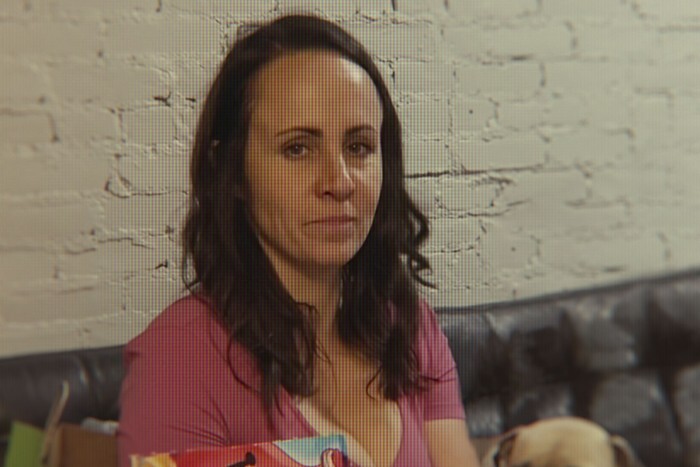In a groundbreaking Netflix documentary titled “Bad Influence: The Dark Side of Kidfluencing”, an essential discussion is finally unfolding regarding the misuse of children within the influencer community. Spanning over three compelling installments, the series sheds light on how swiftly innocence, security, and personal privacy can vanish when popularity and engagement overshadow safety concerns.
When Parents Sell Their Children On The Internet
The narrative primarily revolves around Piper Rockelle, a young YouTuber, and her mother, Tiffany Smith. Initially, they began as a family pursuing innocent video projects, but soon enough, it transformed into a vast social media dominion. Regrettably, this expansion led to a harmful system of control, manipulation, and psychological stress. The documentary reveals how Rockelle was molded into the main attraction of a YouTube clique, with regular content creation involving contests, feigned romantic entanglements, and suggestive poses tailored for mature audiences.
Previous associates claim Tiffany Smith engaged in inappropriate behavior. One distressing account involves her sending another person her daughter’s underwear with the comment “old men like to sniff it”. Additionally, she caused outrage by live streaming an incident where she forced herself on a child to kiss him. Influencer Reagan Beast, who was 17 at the time, alleged that Tiffany Smith supplied him with alcohol and then forcefully kissed him during a livestream. Furthermore, Tiffany is said to have made sexually suggestive comments towards various squad members, including the girls. Multiple sources claim that Tiffany repeatedly sexually abused them, with the victims as young as 9 years old. In 2022, a lawsuit was initiated and in 2024, a $1.85 million settlement was agreed upon.
No Rules, No Protection
It’s strikingly evident from the show Bad Influence that there are scarcely any legal barriers when it comes to shaping kids via influencer platforms. Unlike child actors in movies or TV, who are shielded by labor laws and child protection regulations, influencer children often operate in a vague legal landscape, especially when their parents double as managers. In the series, numerous participants confess to creating 10 to 15 videos a day, with workdays extending up to 12 hours. Breaks were seldom given, tears were frequent, yet the recording continued. Some of these children describe themselves as tired, hungry, and disempowered. Yet, this was presented as “team spirit” and “family content.
I kindly request a different expression: it’s disappointing that the parents in #BadInfluence on Netflix seem to be using the excuse “we didn’t realize what was happening.” However, it appears they were deliberately uninformed since they considered their children as financial resources rather than individuals needing guidance and protection.
— alex (@alex_bleich) April 11, 2025
The importance of well-defined legal guidelines and impartial oversight is underscored by such observations. Without proper safeguards, boundaries, and monitoring, the children involved in this industry can easily lose their identity as individuals with inherent rights to rest, development, and a genuine childhood experience. It’s worth noting that a substantial majority of kidfluencer viewers are adult men – approximately 92% to be exact, while only 8% are other children. Intriguingly, material produced by family vloggers or child influencers has been detected being disseminated in forums frequented by individuals known to have questionable intentions.
What This Documentary Sets in Motion
Watching “Bad Influence” is challenging, yet it’s not a criticism targeted at influencers or parents. Instead, it serves as a reminder to stay vigilant. This film emphasizes the importance of safeguarding children rather than commodifying them, and it underscores the need for platforms to be held responsible. The documentary leaves no doubt: we desperately require regulations that align with the digital landscape of 2025.>
This documentary is hard to watch — but maybe that’s exactly why it’s so necessary.
Read More
- Death Stranding 2 smashes first game’s Metacritic score as one of 2025’s best games
- Best Heavy Tanks in World of Tanks Blitz (2025)
- [FARM COSMETICS] Roblox Grow a Garden Codes (May 2025)
- Here Are All of Taylor Swift’s Albums in Order of Release Date (2025 Update)
- CNY RUB PREDICTION
- Gold Rate Forecast
- Vitality Triumphs Over The MongolZ To Win The BLAST.tv Austin Major 2025
- Delta Force Redeem Codes (January 2025)
- List of iOS 26 iPhones: Which iPhones Are Supported?
- Overwatch 2 Season 17 start date and time
2025-04-15 00:10

